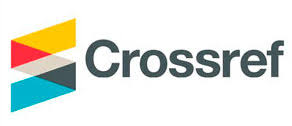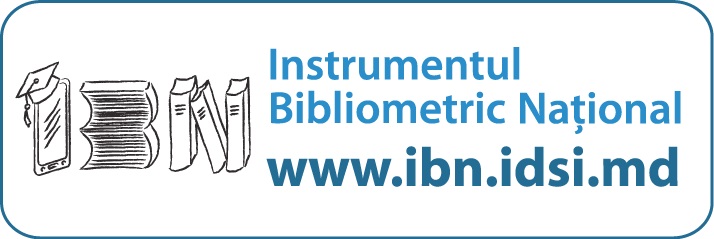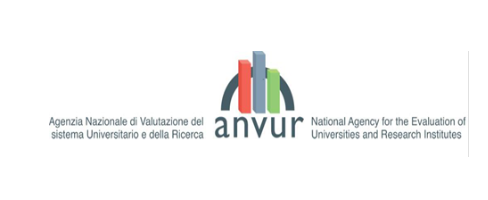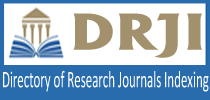FORECASTING THE QUARTERLY EVOLUTION OF BUDGET REVENUES IN MOLDOVA UTILIZING A TIME SERIES MODEL
DOI:
https://doi.org/10.36004/nier.es.2023.1-10Keywords:
Time Series Econometrics, Auto-Regressive Integrated Moving Average Models, Budget Revenues, MoldovaAbstract
The paper aims to develop a time series model fitted on the quarterly evolution of total budget revenues in Moldova for monitoring and forecasting purposes. While the developed model is specific to Moldova it may be of interest to use the methodology discussed in the paper in order to develop similar time series models in other countries to serve as a benchmark for monitoring and forecasting budget revenues. Following a brief analysis of the properties and estimation of time series models, the paper presents the data set to be used for the estimation exercise and analyses the data’s stationarity and the correlogram of the stationary series to be modelled. The data sample comprises the quarterly evolution of total budget revenues in Moldova from the first quarter of 2016 to the first quarter of 2023. The paper proceeds to provide the econometric estimates of the preferred time series model, as well as use the estimated model to generate the forecast of the quarterly evolution of budget revenues from the second quarter of 2023 to the fourth quarter of 2024. The model’s annual forecast of budget revenues for 2023 is slightly more optimistic than the Ministry of Finance’s estimate for 2023 contained in the recently approved Medium Term Budget Framework document and is almost identical with the projection of the International Monetary Fund contained in its latest country report for Moldova. The paper concludes by summarising the uses and limitations of time series models for monitoring and forecasting purposes and suggesting areas for further work.
Downloads
References
Box, G., & Jenkins, G. (1970 ). Time Series Analysis: Forecasting and Control. San Francisco: Holden-Day. https://books.google.md/books/about/Time_Series_Analysis.html?id=5BVfnXaq03oC&redir_esc=y
International Monetary Fund. (2007 ). Manual on Fiscal Transparency. Washington, D. C.: International Monetary Fund. https://www.imf.org/external/np/pp/2007/eng/101907m.pdf
International Monetary Fund. (2023 ). Republic of Moldova: Third Review Under the Extended Credit Facility and the Extended Fund Facility Arrangements, and Request for a Waiver for Nonobservance of Performance Criterion - Press Release; Staff Report; and Statement by the Executive Director for Republic of Moldova. IMF Country Report, 152. https://www.imf.md/press/SR_1MDAEA2023003.pdf
Ministry of Finance of Moldova. (2023a). Public Financial Management Strategy 2023-2030. https://www.legis.md/cautare/getResults?doc_id=135819&lang=ro
Ministry of Finance of Moldova. (2023b). Medium Term Budget Framework 2024-2026. https://particip.gov.md/ro/document/stages/proiectul-hotararii-de-guvern-privind-aprobarea-cadrului-bugetar-pe-termen-mediu-2024-2026-cbtm/10590
National Bank of Moldova. (2023 ). Inflation Report, (2) https://www.bnm.md/files/RI_mai_2023_ISBN.pdf















